Addison Street has been a main north-south retail corridor of the Fan District for decades, even before its northern portion was renamed “Strawberry Street” in 1978. What is now Strawberry Street has long benefited from a posh clientele while its southern half has been ignored, especially since the Downtown Expressway separated it from Byrd Park in 1976. Thanks to a new group of pioneering retailers, that is beginning to change.
Lamplighter Roasting Company opened on Addison Street in 2009. The shop’s clever reuse of an old-school automobile service station turned heads, leading some life-long Richmonders to venture south of Cary Street for the first time in decades. 2013 brought the next wave in the neighborhood’s evolution with three new shops following Lamplighter’s lead.
Addison Handmade & Vintage and Yesterday’s Heroes sell consignment and small batch items, mostly clothing. Addison Handmade & Vintage is arranged sparsely, letting its pressed tin ceiling and fashionable bare-filament bulbs stand out. Yesterday’s Heroes has taken a more rugged approach to both stock and design; one wall features a hardwood panel covered in military garb. Halona, a glass arts shop, rounds out the trio, which is located in a quaint, party walled commercial row.
Unlike their coffee shop progenitor, these stores deal in hard goods. The Fan District’s status as hot bed of culinary activity has been a model for urban rejuvenation elsewhere in Richmond. However, the Fan now faces the problem of accommodating a new, pedestrian-oriented populace that wants to access more than just a good meal on foot. Three such stores in a row constitutes a remarkable achievement in this regard. A once obscure corner of the neighborhood is now showing how the Fan can again lead Richmond into a new phase of urban transformation.
D.OK.
Photographs by author.

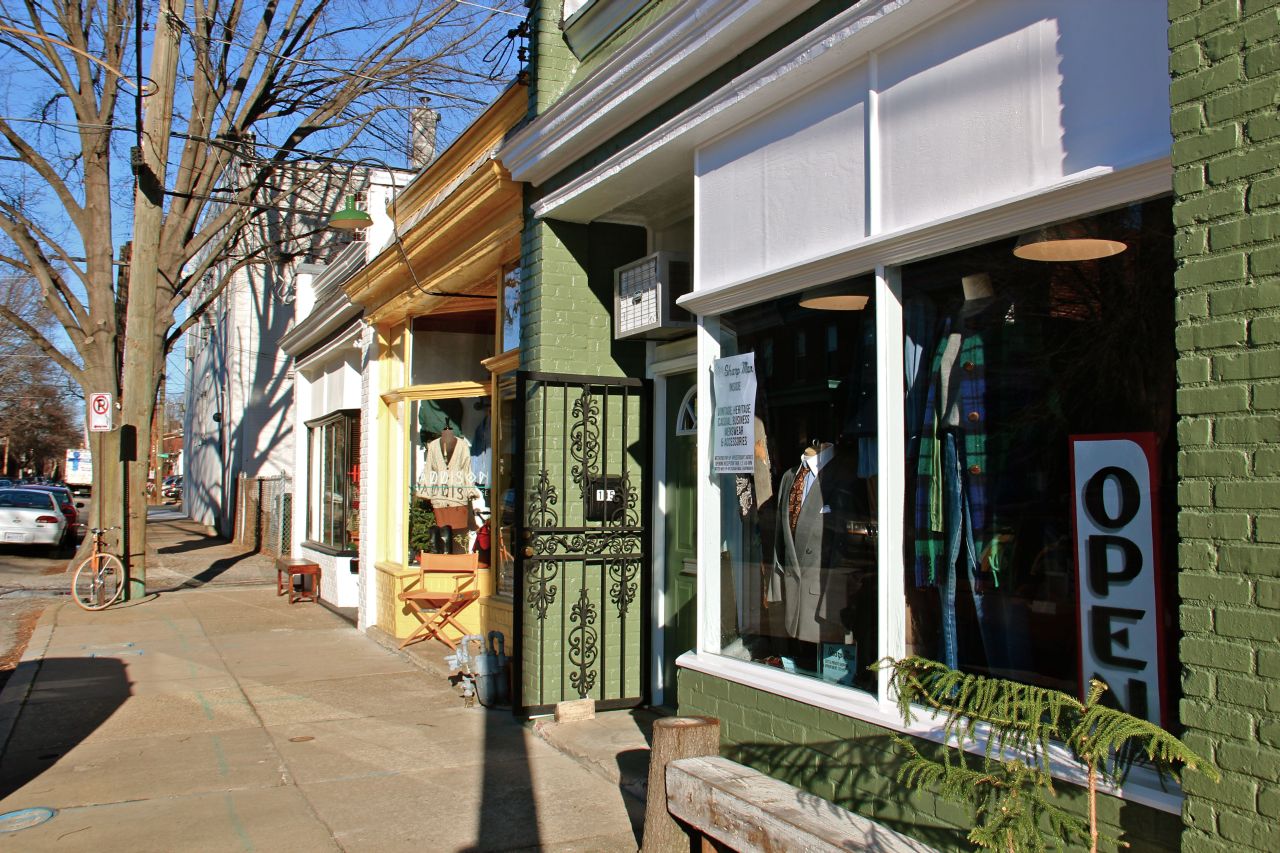
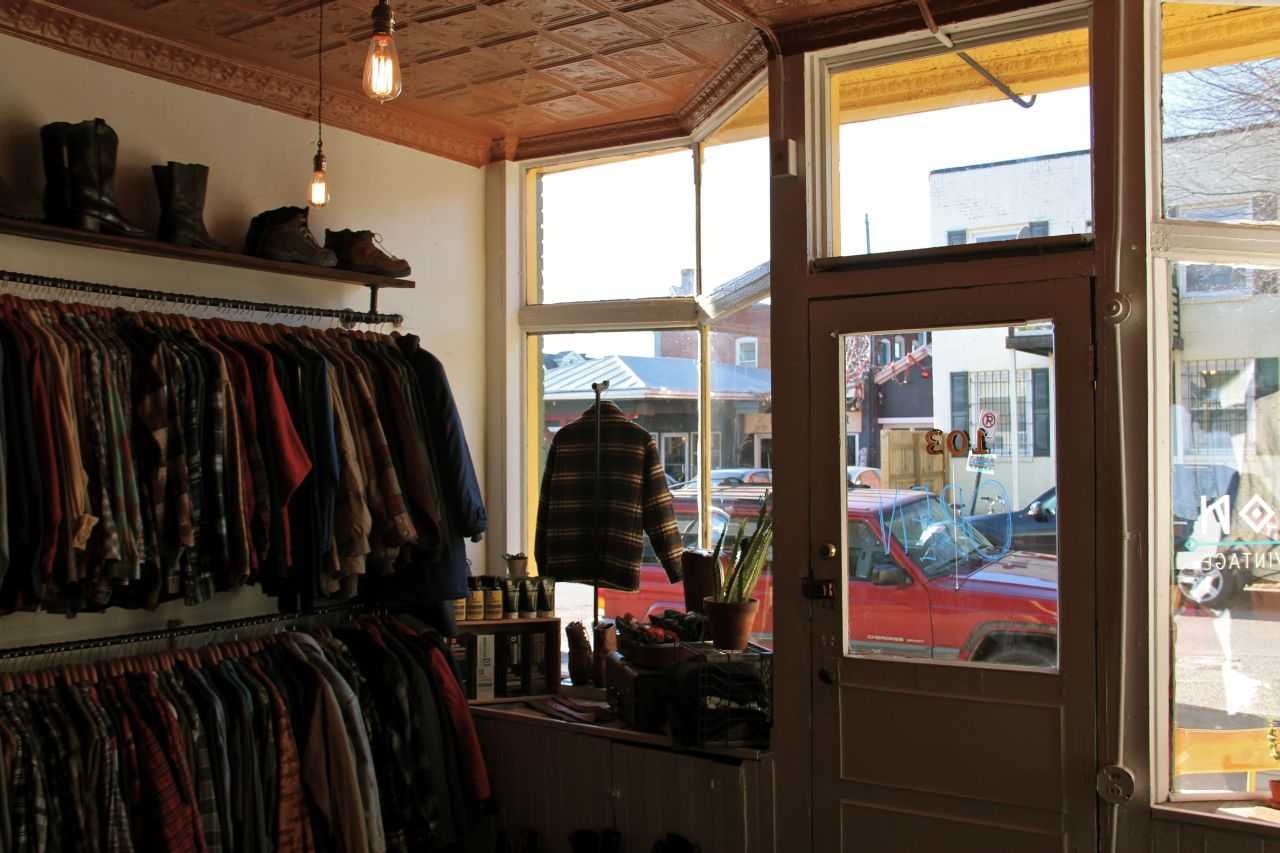
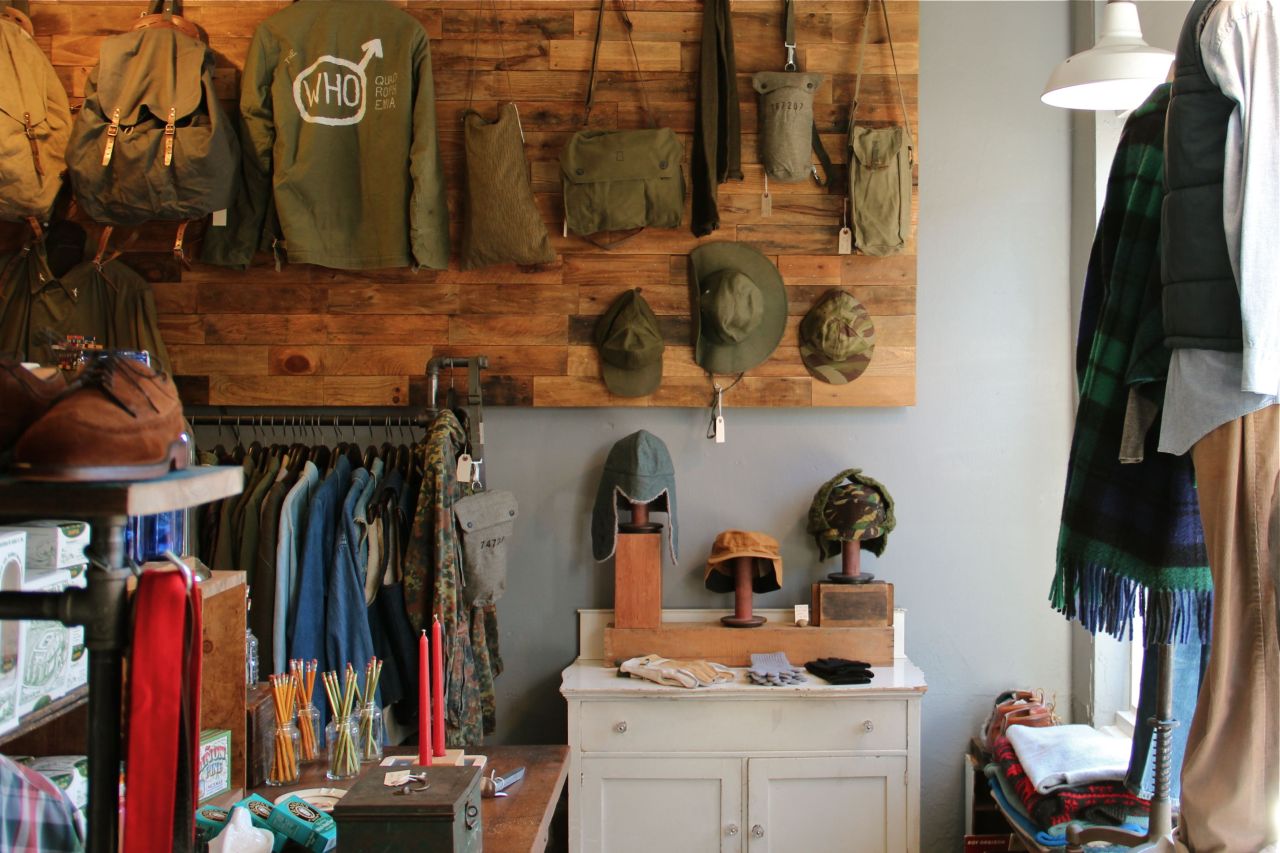
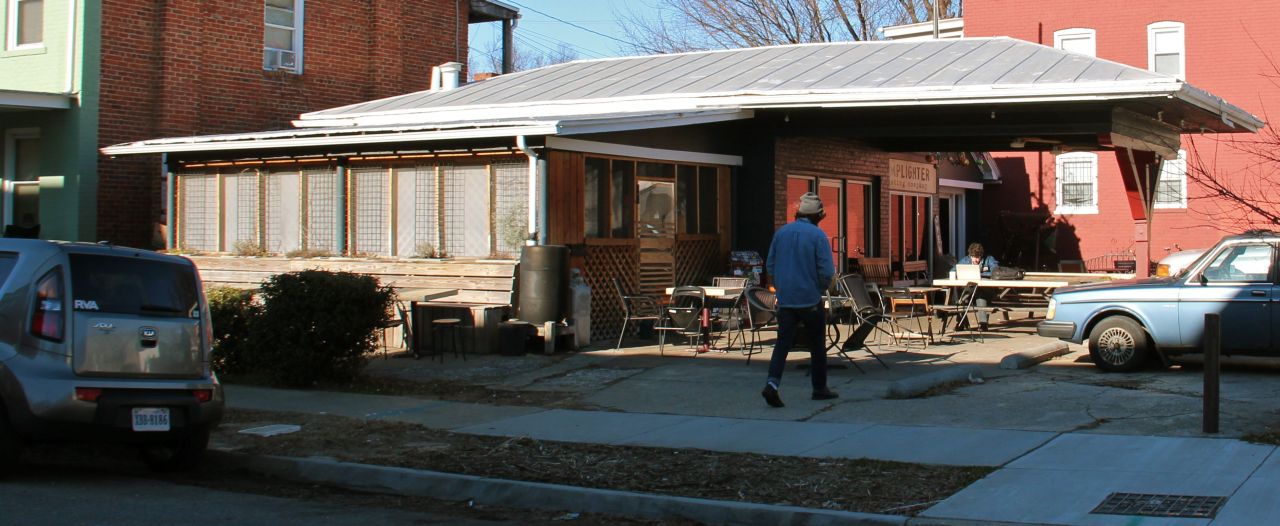

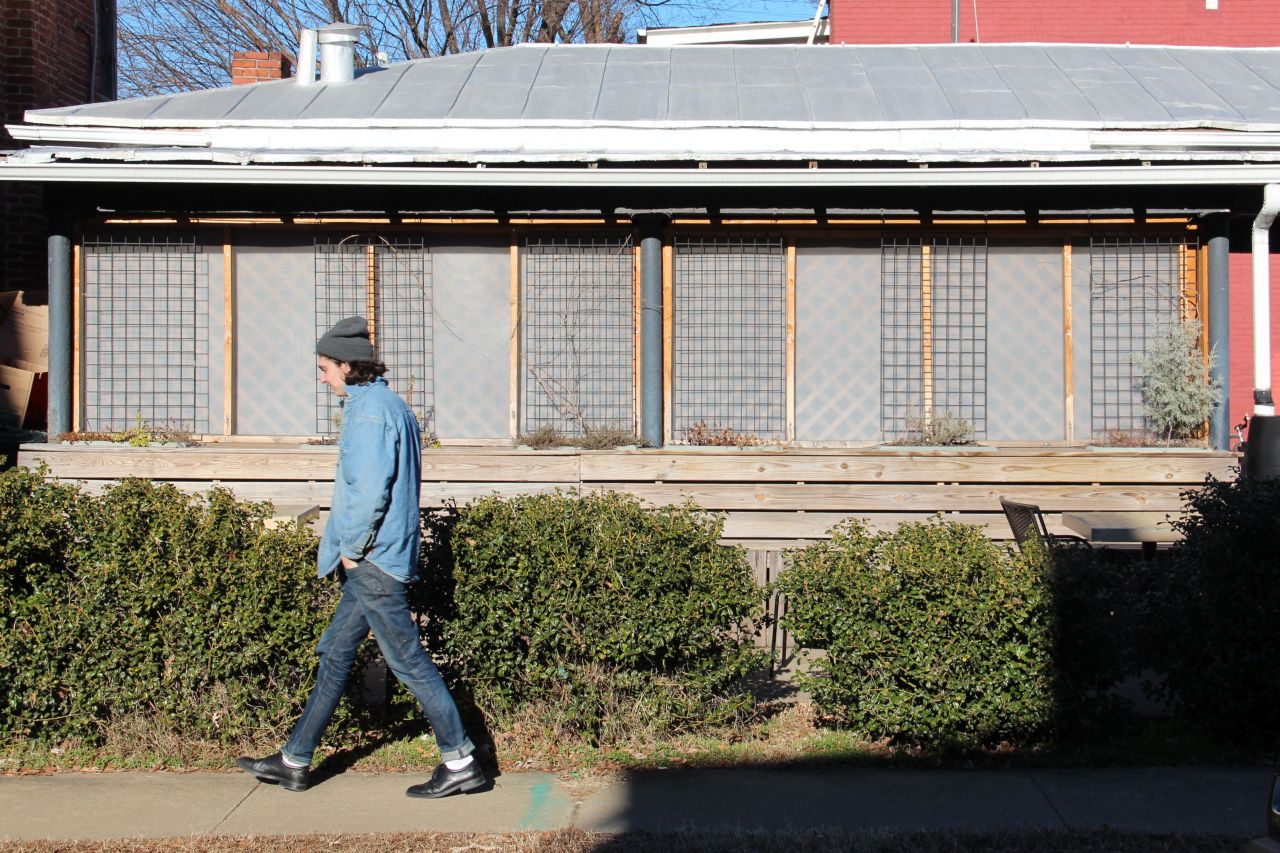
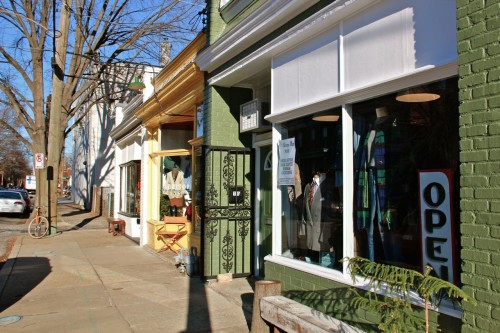
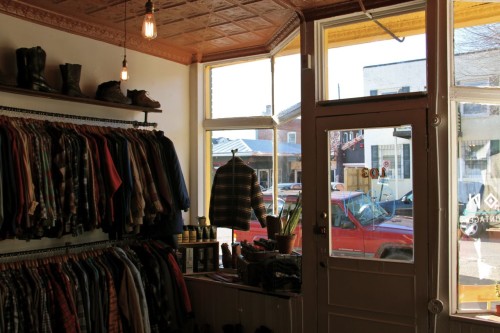
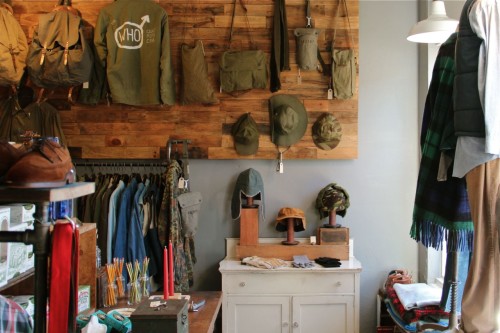
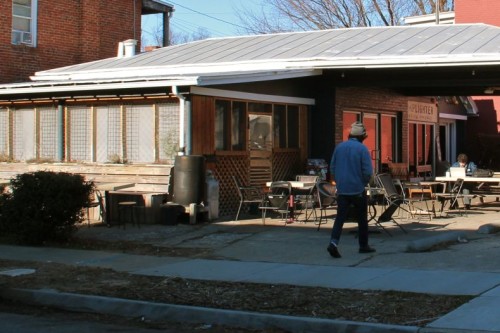


2 Comments
The city is beginning to unfold and evolve into a more pedestrian place. What I find interesting is the impact of the arts. Given our food scene, I am putting that in the arts catagory. It is certainly becoming an artform, and definately is creative.
Thank you for your comment. You bring up an interesting point here by linking the art of cuisine to urban rejuvenation. Restaurants have been a potent agent of revitalization, in part, because they draw on an innate resource of the city for their business model: ambience. Urbanity has become associated with the sophistication of fine dining, brining people from across the nation’s metropolitan areas into city centers for dinner. It is interesting to consider how the type of boutique retailers discussed in this article may be replicating this model in a different sector of the economy. Thus, the city’s physical character is a tangible commodity.
Thanks for reading.
D.OK.
Write a Comment
Posted
Share
Category
CurrentTags
Addison Handmade & Vintage • Addison Street • Commercial • Fan District • gentrification • Near West End • Retail • Richmond • Strawberry Street • the Fan • Upper Fan • urban • urban development • urban renewal • walkability